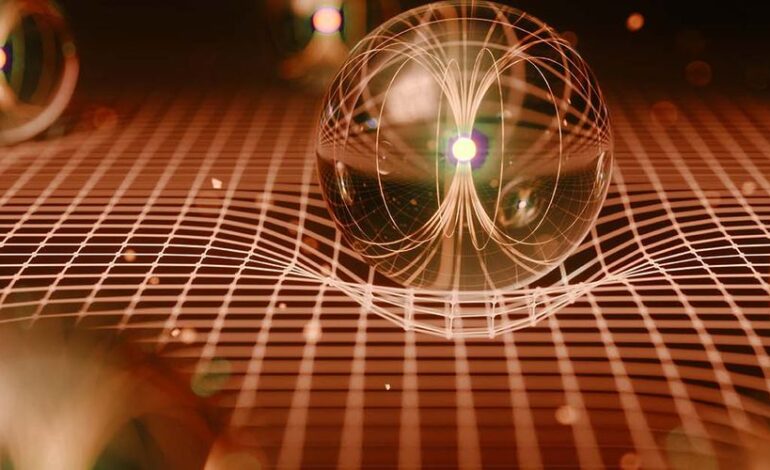Researchers Unveil Room-Temperature Superfluorescence Breakthrough

A team of researchers from North Carolina State University and Boston University has made a significant breakthrough in quantum technology by demonstrating that superfluorescence can occur at room temperature. This advancement, published in the journal Nature, could pave the way for more practical applications of quantum technologies, which have traditionally been limited by the need for ultra-low operating temperatures.
Historically, achieving collective quantum states, such as superconductivity, has required materials to be cooled to near absolute zero. This poses considerable challenges for widespread adoption, as maintaining such extreme temperatures is resource-intensive and impractical for everyday applications. The latest study, led by Professor Anna Swan of BU ECE and her colleagues, reveals not only the feasibility of superfluorescence at higher temperatures but also the underlying mechanisms that enable this phenomenon.
Understanding Superfluorescence
Superfluorescence occurs when optically excited electrons in a material collectively drop to their ground state, producing an intense burst of light. For this to happen, the electrons must synchronize effectively, creating a coherent system. This process is known as a macroscopic quantum phase transition, essential for various quantum phenomena.
At elevated temperatures, thermal noise disrupts this synchronization, making it challenging for the electrons to achieve the necessary coherence. The researchers discovered that the unique atomic structure of lead halide perovskites, a type of synthetic crystalline material, allows for the creation of stable quasiparticles known as polarons. When stimulated by a pulsed laser, these polarons can evolve into solitons, which are resilient to thermal noise.
The researchers confirmed their findings through simulations that identified the specific conditions required for achieving superfluorescence at room temperature. This understanding not only deepens the scientific community’s knowledge of quantum mechanics but also sets the stage for developing new materials that could facilitate higher-temperature macroscopic quantum phase transitions.
Implications for Quantum Technologies
The ability to generate intense light bursts at room temperature may appear to be a niche scientific achievement. However, it holds broader implications for the future of quantum devices. The findings could lead to the development of materials that allow for easier fabrication of quantum technologies, potentially eliminating the need for cryogenic conditions.
This advancement could ultimately contribute to the creation of quantum computers suitable for home use, making them more accessible to the general public. Professor Swan emphasized the importance of collaboration in this research. Her partnership with North Carolina State University, particularly with Professor Kenan Gundogdu, was ignited by a chance meeting at a conference. This serendipitous encounter led to Swan’s sabbatical in North Carolina, where she worked alongside a talented group of students and faculty.
As the newly appointed Associate Dean for Graduate Programs in the College of Engineering, beginning in January 2026, Professor Swan continues to advocate for the value of networking within the scientific community. She believes that such collaborations can yield innovative insights and accelerate progress in research.
The breakthrough in room-temperature superfluorescence not only represents a milestone in quantum research but also highlights the potential for future advancements in technology that could reshape how we interact with quantum phenomena in our everyday lives.






